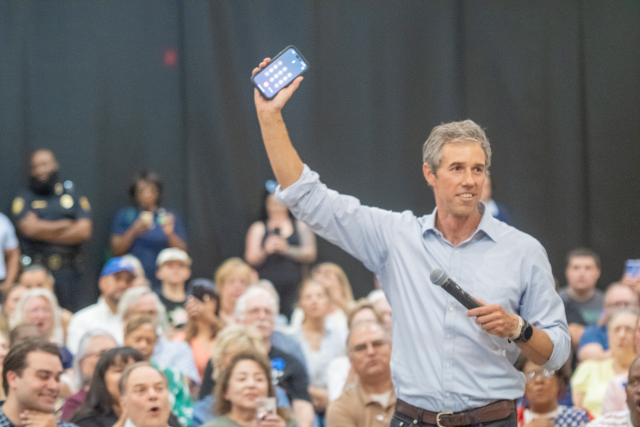Texas played a huge part in WWII
Published 11:00 am Thursday, December 7, 2017
For many Texans, Franklin D. Roosevelt was a mixed bag, a New York patrician, Harvard man and a curiosity for a state of plain-spoken people.
With Texan John Nance Garner as his running mate, FDR swept 88 percent of the Texas vote in his initial run for president in 1932. But the New Deal was never wholly embraced in Texas, despite some good effects during the Great Depression. Too much socialism. Too much government.
In 1936, the centennial year, FDR was the first Democratic president to visit Texas. He was warmly received. But oftentimes his policies weren’t.
FDR’s wartime leadership was a mixed bag, too, a point worth pondering today, the 76th anniversary of Pearl Harbor. FDR ordered Admiral James Otto Richardson, a Paris, Texas native and Navy leader, to move the Pacific Fleet from San Diego to Pearl Harbor, a gambit the president, a former undersecretary of the Navy, thought would check any Japanese in the Pacific.
Richardson traveled twice to the White House, in autumn 1940 and January 1941 to advise the president that was a mistake, that the fleet was imperiled in Hawaii. After the second trip, FDR removed him from command and offered his job to Admiral Chester Nimitz, also a Texan, who turned it down.
But with the Pearl Harbor disaster of Dec. 7, 1941, Texans reacted as expected when provoked: They were hellbent on paying back the Japanese.
The Texas State Historical Association website hosts an abbreviated video session, presented last year, that focuses on Pearl Harbor and its effects on our state.
Americans’ entry into the war transformed Texas. The war effort called upon Texas’ prowess as an agrarian state but also its capacity for industry. So we grew crops, raised cattle yet built battleships along the Gulf Coast.
Rich in oil, seemingly endless in land, Texas hosted training facilities for Army, Navy, Air Corps. It sent more than its share of troops, three-quarters of a million, including 12,000 women.
As the TSHA video notes, Texas’ political strength, vision and moxie embodied in leaders like U.S. Rep. Lyndon Johnson ensured this state would be a major player in the war effort.
Texas paid the nation back for its every advantage drawn from the war effort. Texans’ enlistment in the military outpaced the nation’s. Texas A&M provided more military officers than West Point and the Naval Academy — combined.
And 22,022 Texans paid for America’s World War II victory with their lives.
So remember this solemn day for its impact on America and its people. But remember that Dec. 7, 1941, also transformed Texas.





